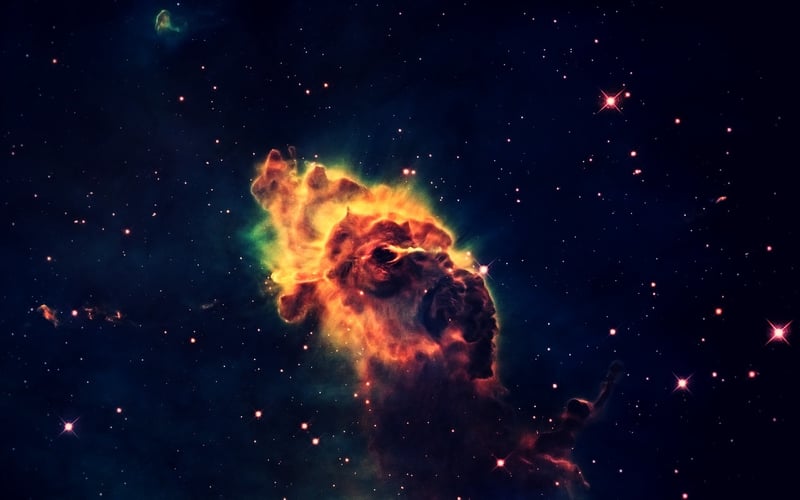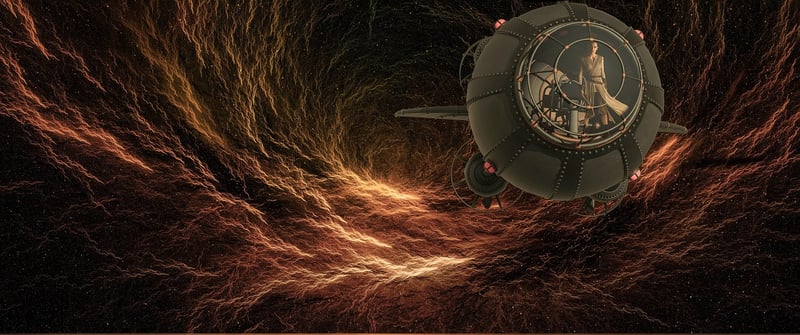Wormholes
Mechanisms for Travel: Exploring the Fascinating Concept of Wormholes

Introduction
Traveling through space has always been a subject of fascination for humanity. The concept of wormholes, often featured in science fiction, presents an intriguing possibility for interstellar travel. Let's delve into the mechanisms for travel and explore the theoretical concept of wormholes.
Understanding Travel Mechanisms
Traditional methods of space travel involve rockets, spacecraft, and propulsion systems. While effective for short distances within our solar system, these methods are limited by the vast distances of interstellar travel. Scientists and researchers have been exploring alternative mechanisms that could enable faster and more efficient travel across the cosmos.
1. Warp Drive
Warp drive is a theoretical propulsion system that warps space-time to move a spacecraft faster than the speed of light. By creating a warp bubble around the spacecraft, it could potentially "surf" through space-time, reducing travel time significantly.
2. Alcubierre Drive
The Alcubierre drive is a concept based on the warp drive theory, proposed by physicist Miguel Alcubierre. It involves contracting space in front of the spacecraft and expanding it behind, essentially creating a wave that carries the spacecraft through space.
Exploring Wormholes
Wormholes, also known as Einstein-Rosen bridges, are theoretical tunnels in space-time that could create shortcuts between distant points in the universe. Imagine a wormhole as a tunnel with two ends, each located at different points in space or time.
How Wormholes Work
In theory, a wormhole could connect two separate points in space-time, allowing for almost instantaneous travel between them. By entering one end of the wormhole, a spacecraft could emerge at the other end, bypassing the need to travel through the intervening space.
Challenges and Considerations
While wormholes are a fascinating concept, they come with significant challenges. The stability of wormholes, the exotic matter needed to keep them open, and the potential for paradoxes are all areas of intense scientific debate and study.
Conclusion
As we continue to push the boundaries of space exploration, the exploration of mechanisms for travel, including the theoretical concept of wormholes, opens up exciting possibilities for the future of interstellar travel. While still firmly in the realm of science fiction, the study of wormholes challenges our understanding of the universe and our place within it.
Keep looking up at the stars and dreaming of the day when humanity may traverse the cosmos through the mysterious pathways of wormholes.
